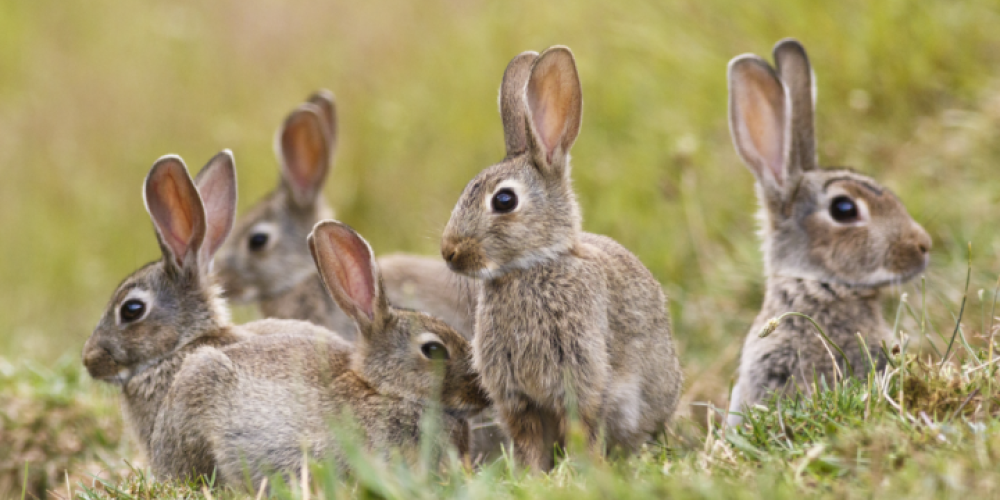
Herbivores not only have a major influence on the vegetation composition as grazers, but also via the nutrients in their manure. Until now it was thought that the amount of manure was the most important factor and that there was little difference in the manure quality of different herbivores. But that turns out to be wrong: research led by VUB scientists Harry olde Venterink and Judith Sitters shows that the composition of manure from herbivores varies greatly in the concentrations and proportions of, for example, carbon (C), nitrogen (N) and phosphorus (P). This applies both to the large numbers of herbivores of the African savannah and to the herbivores from our regions, such as rabbit, fallow deer, bison and wild boar, as well as cow, horse, sheep and goat. These differences between animals are caused by their diet and digestive system
Rabbits better than horses and wisents
The VUB researchers also discovered that the differences in chemical composition of the manure affect the biodiversity of plants. They collected manure from rabbits, fallow deer, horses, cows and wisents in the Kraansvlak, a nature reserve in the dunes near Haarlem in the Netherlands. In a low and high dose, they applied this fertilizer to pots containing the same six plant species, two grass species, two legumes and two other herbs in a greenhouse. This showed that the quality of rabbit manure is much better for the diversity of the plant communities than that of the larger grazers. In the case of manure from European bisons, cows and horses, especially at high doses, the growth of the plant communities was strongly stimulated, and one of the leguminous plants - red clover - also started to grow strongly and become dominant. This was much less the case with rabbit manure, which resulted in a higher biodiversity of the vegetation.
"The results of this research, recently published in Scientific Reports, clearly indicate that it does indeed make a big difference which herbivore the manure comes from for the composition of a vegetation. Whether or not we should start managing high densities of rabbits for nature conservation may be too short-sighted. Not only is it difficult to achieve in practice, but they also do not eat all plant species to the same extent. It is precisely the dominant plants that are eaten a lot. We will focus on this in further research," concluded olde Venterink and Sitters.
Department of Biology (VUB)
This is research by the Department of Biology of the Vrije Universiteit Brussel (VUB). It is a thesis by former VUB student Elena Valdés-Correcher (currently working as a PhD student in Bordeaux, France) under the supervision of Dr. Judith Sitters and Prof. Dr. Harry olde Venterink.
The study was carried out in collaboration with the Chemistry Department of the VUB (Dr. Natacha Brion), with Utrecht University in the Netherlands (Prof. Dr. Martin Wassen), and with the managers of the Kennemerland National Park, the Oostvaardersplassen nature reserve (both in the Netherlands), and the Zwarte Beek Valley in Belgian Limburg.
The publication is publicly accessible via: www.nature.com/articles/s41598-019-42249-z